D-Vac History -
Concepts, Prototypes, Insect sorting
An Improved Backpack Motor Fan for Suction Sampling of Insect Populations
TRACVAC
Truck
Vac
Field Release Cage
An
Improved Backpack Motor Fan for Suction Sampling of Insect Populations
E. J. DIETRICK, Rincon Insectary, Ventura, California
Accepted for publication January 16, 1961. Partial cost of publication of this paper
was met by the author.
JOURNAL OF Economic Entomology Vol. 54, No. 2, April, 1961 pp. 394-395
The principal objection to the use of the portable air suction machine (Dietrick et al.
1959, 1960) for sampling insect populations in alfalfa fields has been the weight of the
motor fan unit. Hence, the design and manufacture of a light weight portable motor fan
became desirable (fig. 1, W). This has been accomplished by the author in cooperation with
the Master Fan Corporation of Los Angeles, California. The backpack mounting enables the
operator to have both hands free to manipulate the collecting attachments, thus making it
possible for one person to take samples.
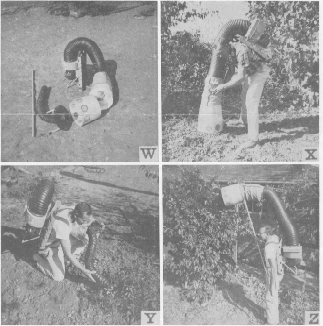
Fig. 1 -A new backpack vacuum insect collector: W, various attachments;
X, square foot area sampler; Y adapter hose for increased suction; Z, vacuum insect net.
The overall dimensions of the new backpack motor fan unit are 15 X 15 X 24 inches and
the weight is 27 pounds. The air flow capacity is the same as was obtained by the heavier
machine (Dietrick et al. 1959). A single cylinder, air-cooled, two-cycle gasoline engine
of the type used on lawn mowers is used to turn the light weight fan. The air intake is
through an 8-inch opening from the top and the exhaust is straight out the back. The motor
is mounted below the fan, thus keeping the center of gravity low for easy balance. The
carburetor is of the non-float type which feeds gasoline no matter what the position of
the motor is.
A flexible air duct connects the various collecting attachments to the fan intake and
is a 5-foot piece of 8-inch diameter, wire-ribbed, canvas air duct. The portion of the air
duct which holds the organdie insect collection bag is formed by a fiber glass cylinder.
This 13.5-inch diameter by 11-inch cylinder is connected to the flexible air duct by a
tapering section of plastic-coated nylon. This 18-inch long, nylon section is held open by
wire ribs and two metal supports. The entire air duct folds accordion-like into a
convenient package for transport.
There are many possible collecting attachments which may be operated from the basic
motor fan and flexible air duct unit. The insects are sieved by the organdie bag as near
to the collecting head as possible. This bag needs to be large enough and tapered to allow
for good air flow after it begins to fill with insects and duff. This arrangement enables
the insects to be screened without damage to them.
The square-foot area collecting head is copied after the one used in the previous
reference except that it is made from light weight fiber glass material. This cylinder
fits inside the attached cylinder on the end of the air duct, and holds the collecting bag
in place. The open end of this collecting head cylinder is ringed with small,
screen-covered openings. When the collecting head is pressed against the ground, these
openings allow for a continuous flow of air which is necessary to gather the insects
efficiently and to hold them and the duff firmly in the organdie bag, regardless of the
position of the collecting head (fig. 1, X).
The size of the openings of these unconnected cylinders can vary with the size of the
plant or the purpose of the collection. Fiberglass cones can expand or decrease the area
covered by the open end of the collecting head cylinder. Row crops may be sampled with a
long narrow collecting head or by squeezing the fiber glass cylinder to fit the row of
plants. Smaller flexible hoses may be adapted to fit inside the collecting bag (fig. 1,
Y). Cotton has been sampled by placing cylinders of different size over the plants,
increasing the height of the cylinders as the plants grow.
There are limits of plant size where this method of completely covering the plants
becomes impractical. A handle may be connected to the collecting cylinder and the unit may
he used like a sweep net (fig. 1, Z). This vacuum insect net may be used to brush over the
foliage, or placed over entire branches of larger plants or limbs of trees. Citrus, pear,
and oak trees have been sampled in this manner.
The backpack insect collector has been used extensively during 1960 for collecting and
studying beneficial insects on cotton. It has proved to be most useful in studying and
sampling the tiny egg parasites, Trichogrammatidae, and the Mymaridae. A larger proportion
of the immature stages, small caterpillars and even eggs, are gathered, giving earlier
warning of needed control measures, allowing time to make application before the worms are
large enough to cause economic damage. A more complete and accurate estimate of the total
insect population may be obtained from samples gathered by this method (Dietrick &
Schlinger 1960). The modifications described here make the equipment more flexible and
useful in sampling insects and other arthropods on many crops, and could very well become
a useful tool for the collection and detection of new species in survey work (foreign or
domestic) and in quarantine work.
REFERECES CITED
Dietrick, B. J., E. 1. Schlinger, and R. van den Bosch. 1959. A new method for sampling
arthropods using a suction collecting machine and modified Berlese funnel separator. Jour.
Econ. Ent. 52(6): 1085-91.
Dietrick, E. J., F. I. Schlinger, and M. J. Garber. 1960. Vacuum cleaner principle
applied in sampling insect populations in alfalfa fields by new machine method. Calif.
Agric. 14(1): 9-11.
Dietrick, E. J., and F. I. Schlinger. 1960. Machine sampling of insect populations.
Agrichemical West, July: 5-6.
TRACVAC
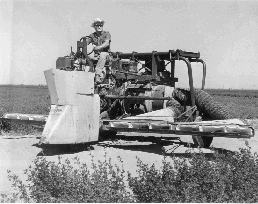
TRACVAC INSECT COLLECTOR Developed by Everett
J Dietrick of the D-Vac Company in 1963 The Tracvac was used as a nonchemical control in
alfalfa hay for control of aphids and alfalfa weevils, Hypera brunneipennis. As the
tractor was driven down the alfalfa borders the insects in the canopy of alfalfa, both
pests and their natural enemies, were collected alive in organdy bags. When the bags were
emptied, the beneficials were allowed to fly back into the field and the aphids and
weevils were destroyed. In the picture, Charles Bartok driving in 1964.
Truck Vac
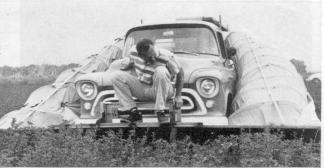
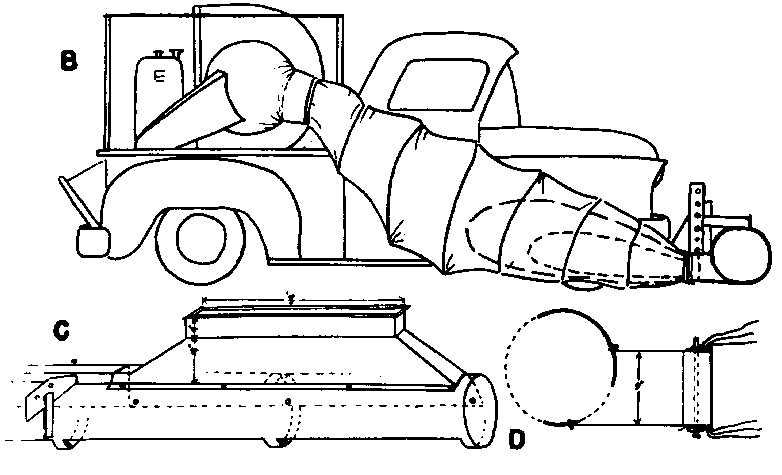
FIGURE 85. Mechanical collector developed for large-scale field
collection of imported parasites of the sported alfalfa aphid: (A) collector in operation;
(B) diagrammatic side view of collector------broken line invaginations in air duct
indicate positions of collecting sacks; (C) diagram of one side of 'scoop' show ing the
adaptive collar with which it is connected to air duct; (D) lateral view of 'scoop '-note
anterior opening (broken line) for entry of insect material and posterior opening through
which material is drawn via adaptive collar into collecting sacks in air duct (van den
Bosch et al., 1959).
Field Release Cage
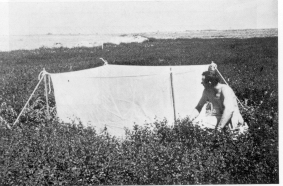
FIGURE 84. An easily transportable, large organdie-cloth
colonization cage used in field colonization of natural enemies of pests of vegetable and
field crops. A vacuum machine collector is utilized to remove all insects from the plants
within the caged area. The organdie cage is then fastened to a board base and soil is used
to close the space between the boards and the ground. Host insects are then introduced
into the cage. Natural enemies may he colonized at the same time or at any later date. The
best results are obtained if a sequence of several releases are made to ensure all stages
of the parasites or predators being present in the colony. One or several generations of
the host and natural enemy may be reared before removal of the colonization cage.
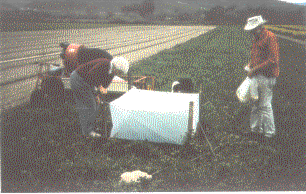
|

